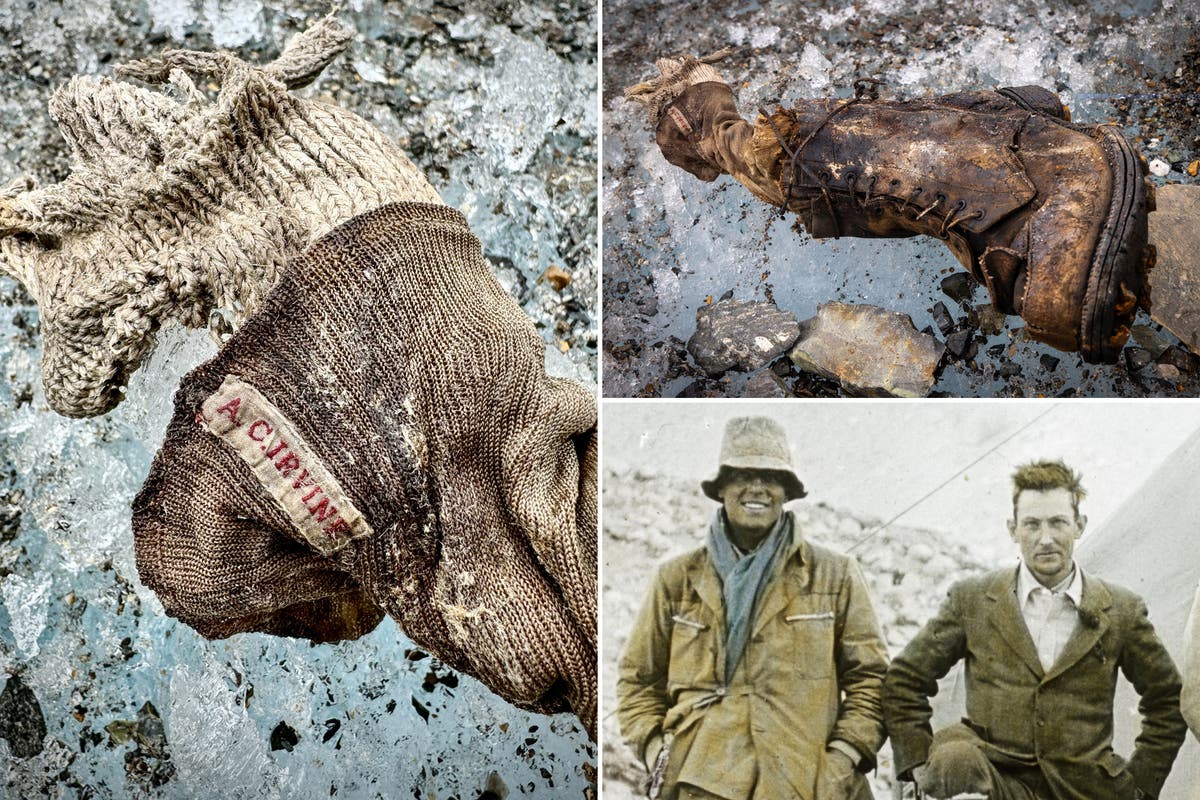The enduring mystery of Mallory and Irvine, the tweed-clad heroes of Everest last seen vanishing into a cloud as mist swept over the Himalayan summit, may finally have been solved 100 years on from the tragedy that so nearly ended in triumph.
Andrew “Sandy” Irvine, the youngest member of the 1924 Mount Everest expedition, disappeared on the upper slopes alongside George Mallory on 8 June that year while attempting to become the first people to climb the world’s highest peak.
With efforts on the coveted summit taking place in the few short years following the First World War, and with Britain having lost the race to the North and South Poles in desperate circumstances, the assault on Everest represented efforts to restore the reputation of British exploration – and indeed preserve the prestige of a declining empire.
The mystery of whether the duo reached the top before their death has been debated by climbers and historians for many decades. If they succeeded, they would have accomplished the feat 29 years before Tenzing Norgay and Edmund Hillary, who made the summit in 1953.
Now, what appears to be the partial remains of Irvine have finally been uncovered in the biggest breakthrough in the great Everest mystery since Mallory’s frozen corpse was found 25 years ago.
In the latest development, a sock embroidered with “A.C. Irvine” and a boot were discovered on the Central Rongbuk Glacier, below the north face of Everest, by a team of mountaineers filming a documentary.
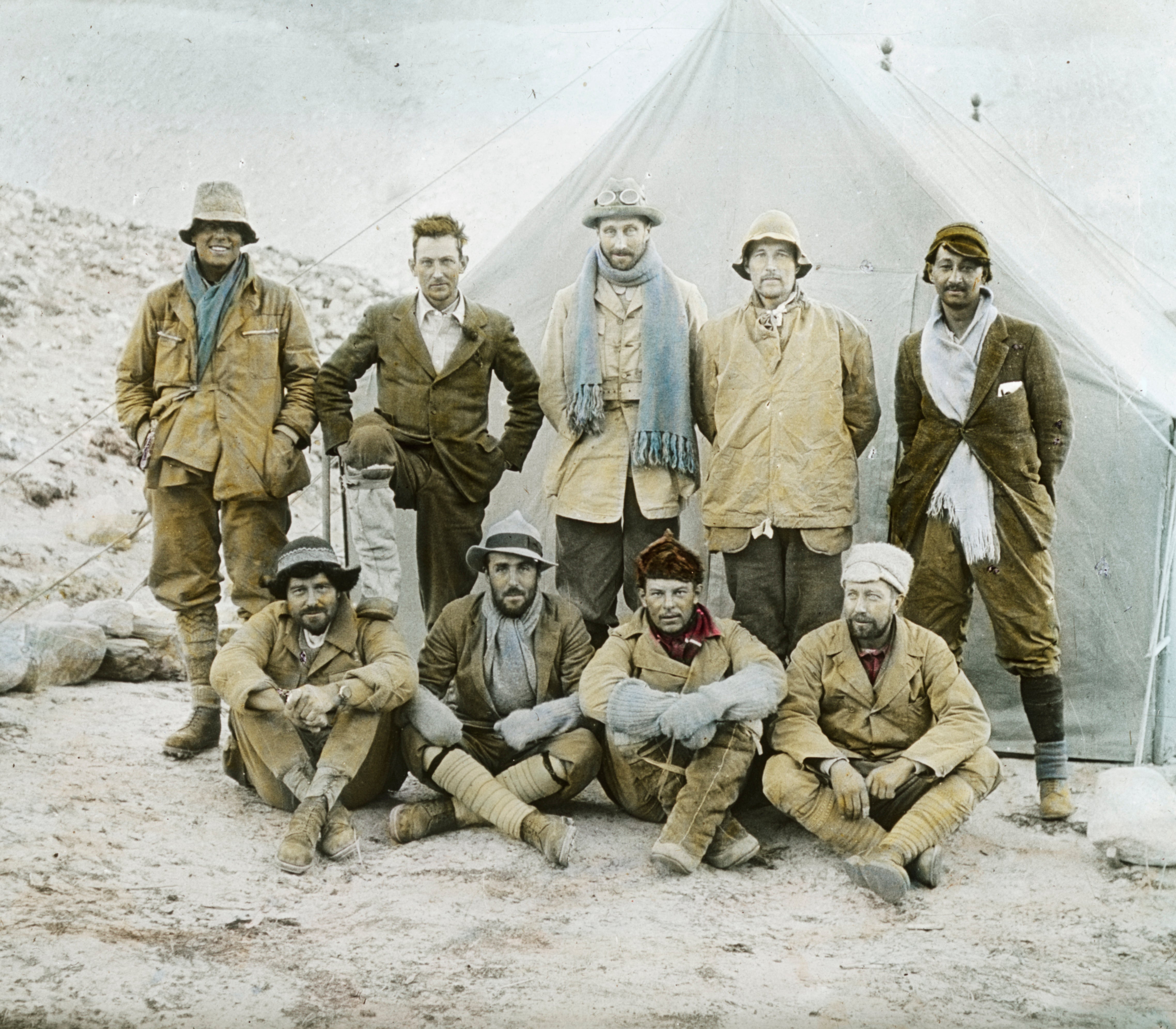

The finding offers the first meaningful insight into the young man’s death since the ill-fated expedition to the 8,849m peak – with the Irvine family having volunteered to compare DNA test results with the remains to confirm his identity.
Notably, the sock and boot were found at a lower altitude than Mallory’s remains, which were located by climber Conrad Anker in 1999 and are now in the possession of the China Tibet Mountaineering Association, which is responsible for climbing permits on Everest’s northern side.
When the team made the find they began “running in circles” and shouting expletives, the National Geographic director and photographer Jimmy Chin said.
“Sometimes in life, the greatest discoveries occur when you aren’t even looking. This was a monumental and emotional moment for us and our entire team on the ground, and we just hope this can finally bring peace of mind to his relatives and the climbing world at large.
“It’s the first real evidence of where Sandy ended up. A lot of theories have been put out there.
“When someone disappears and there’s no evidence of what happened to them, it can be really challenging for families. And just having some definitive information of where Sandy might’ve ended up is certainly [helpful], and also a big clue for the climbing community as to what happened,” he said.

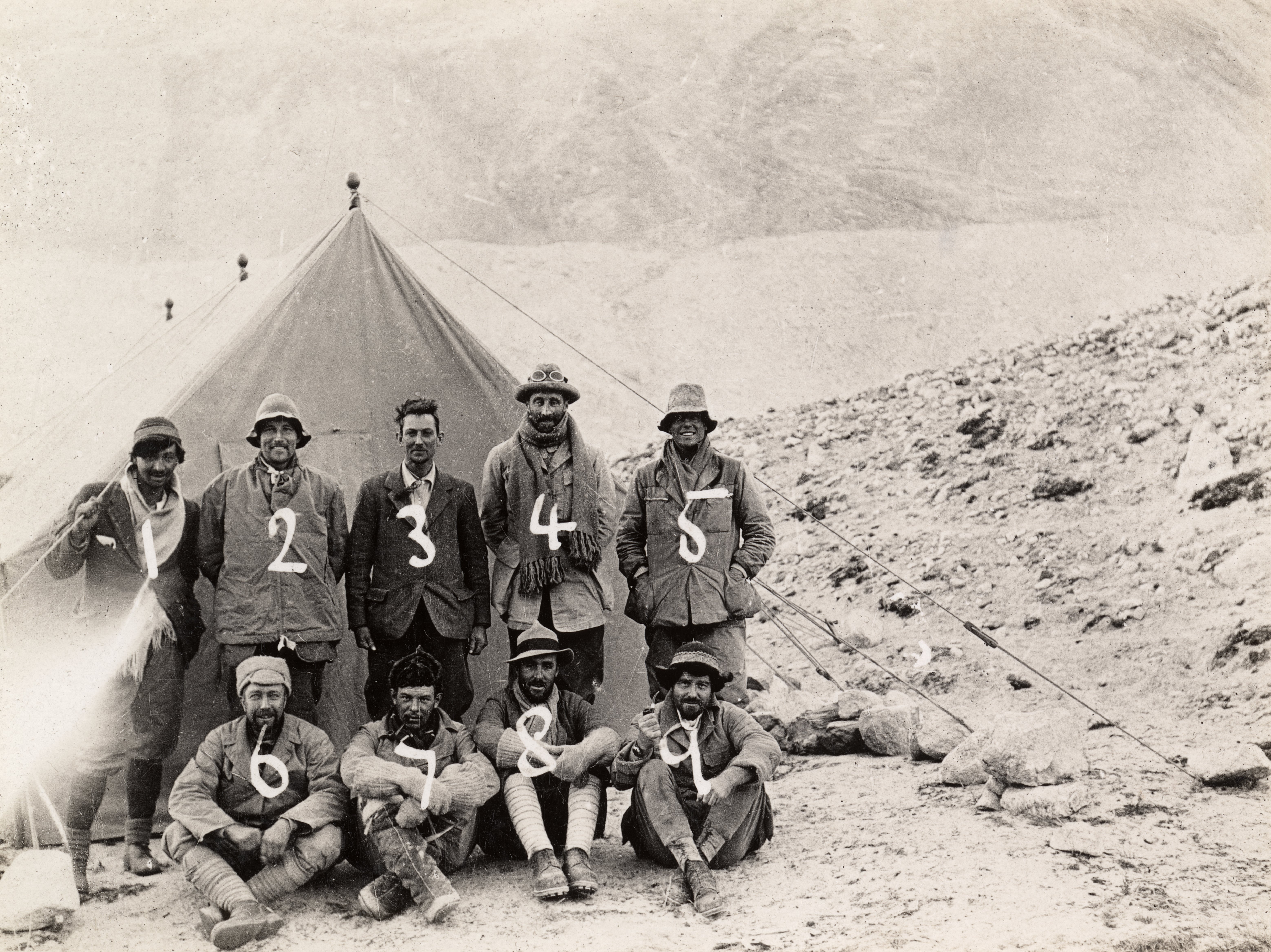
Britain’s gleaming hope
In 1924, Britain was an empire in decline. The emergence of the US and Japan offered a glimpse into the world’s shifting tectonic plates and how global politics would be reconfigured over the coming decades.
Britain’s pride was also damaged after it lost out to both the North and South Poles, to the US and Norway respectively, losing its status as the trailblazer of global exploration.
Mount Everest was seen as the third pole, and the hopes of a nation rested on the shoulders of Mallory and Irvine.
Britain had made several efforts on the summit before. Set up by the Royal Geographical Society and the Alpine Club, the ascents had been led by Mallory, whose athleticism and reading of the mountain marked him as a special climber among battle-hardened mountaineers.
The former schoolmaster, who had the good fortune of being sent home from the Somme due to the recurrence of an old climbing injury and then missing Passchendaele thanks to a motorbike accident, was involved in each of Britain’s three attempts to reach the summit, in 1921, 1922 and 1924.
Remarkably, the 1921 outing surveyed the Himalayas on an unprecedented scale, with 12,000 square miles of unexplored territory being mapped on a quarter-inch scale – laying the foundations for future expeditions for decades to come.
“That work is still being used, revised, updated, so it provides a baseline for understanding the region to this day,” Jamie Owen, of the Royal Geographical Society, told The Guardian. “It was a tremendous legacy.”
For the last of his three attempts, Mallory was joined by Irvine, a young engineer and keen rower who, according to a letter from Mallory to his wife, “could be relied on for anything except perhaps conversation”.
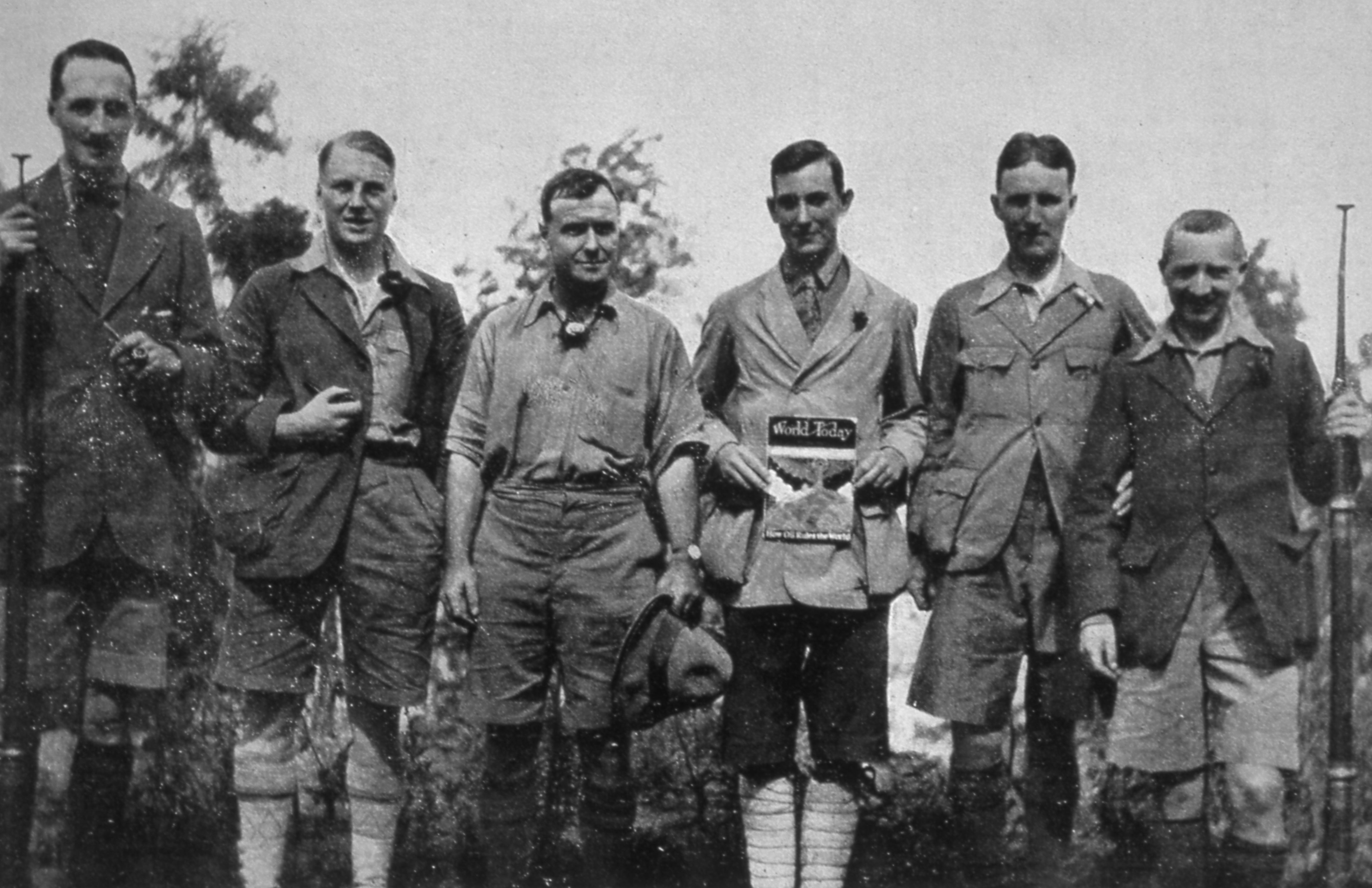
The final ascent
Although the expedition was poorly planned and marred by illness, Mallory and Irvine prepared for their final ascent on June 8. “It is 50 to 1 against us but we’ll have a whack yet & do ourselves proud,” Mallory wrote in his final letter to his wife, Ruth, unaware of the tragedy ahead.
Mallory and Irvine were last seen by Noel Odell, a fellow climber who saw two black dots moving across the ridge from thousands of feet below. It would be the last time Mallory would be seen for 75 years.
Irvine would disappear for a century.
Announcing their tragic end, the Mount Everest Committee received the cablegram from expedition member Colonel Norton, despatched from Phari Dzong, 19 June, at 4.50pm: “Mallory and Irvine killed on last attempt. Rest of party arrived at base camp all well.”
Britain was left a nation in mourning, with a memorial service for the pair at St Paul’s Cathedral attended by King George V.
Wade Davis, author of Into The Silence, in an account of the 1924 expedition, said it is the only time that mountaineers have been so honoured in British history.

The great Everest mystery, reignited
In news that stunned the world, Mallory’s body was discovered at a height of 26,800ft (8,165m) just over 2,200ft (670m) from the peak along with some of his climbing equipment, a wristwatch and altimeter in 1999.
It reignited one of the great unanswered questions in world exploration. Did Irvine and Mallory die during a victorious descent having summited the world’s highest peak, or did they fall agonisingly short before perishing on the slopes?
Mallory’s camera, which may have held proof of whether they reached the summit of Everest, was lost. Also missing was a photo of Ruth – which he had previously said he would leave on Everest’s peak.
This raises the possibility of their success in conquering Everest. The climbing community generally says it is possible, but not probable, that Irvine and Mallory reached the top.
For now, that secret remains between the two men and Everest herself, but Irvine’s remains could shed new light on the events.

Following in Irvine’s footsteps
In September, several days before they came upon the boot, Chin revealed the team was descending the Central Rongbuk Glacier when they found an artefact that piqued their curiosity. “We discovered an oxygen bottle marked with a date on it that said 1933,” he said.
The bottle was marked nine years after Mallory and Irvine had gone missing. The 1933 British Everest expedition was the fourth attempt to climb the mountain and also ended in failure, but members of the 1933 expedition did find an ice axe that belonged to Irvine high on the northeast ridge, although well below where Mallory was found.
The discovery of the 1933 oxygen cylinder made Chin wonder. “If Sandy had fallen down the North Face, his remains or his body could be somewhere near here.”
Chin suspected that Irvine’s remains could be close. “Sandy could potentially be a few hundred yards up the glacier from here toward the mountain,” he told National Geographic.
In the days that followed, Chin and his crew began taking a circuitous route across the folds and crevasses of the glacier.
“It was actually Erich Roepke [filmmaker] who spotted something and was like, ‘Hey, what’s that?’,” said Chin. It was the boot, emerging from the ice. “I think it literally melted out a week before we found it.”
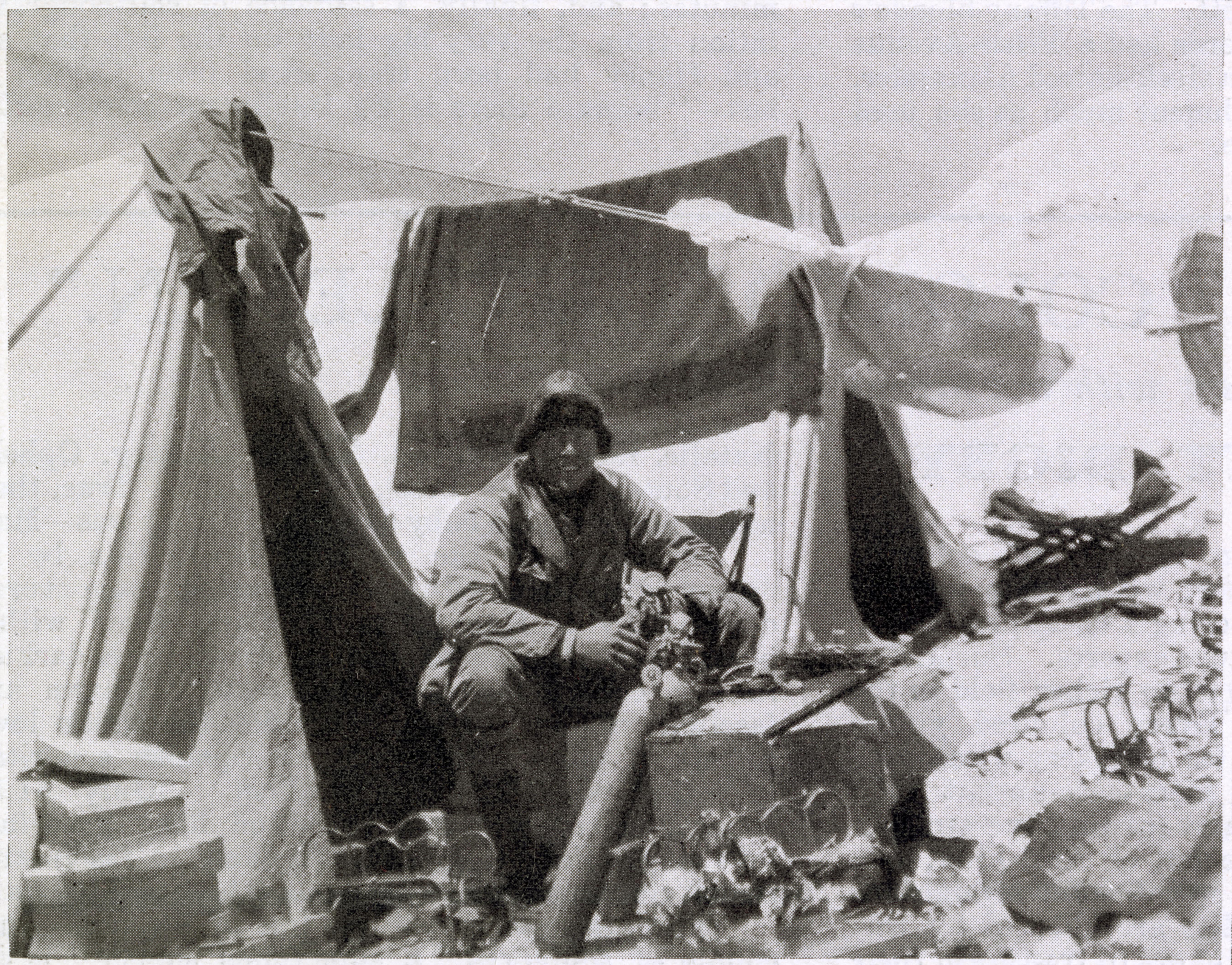
Irvine’s legacy
Julie Summers, Irvine’s great niece and biographer, said it is “remarkable” to see the discovery made almost exactly 100 years after their deaths. She was “moved to tears” when she heard that her blood relative’s boot had been found.
“I have lived with this story since I was a seven-year-old when my father told us about the mystery of Uncle Sandy on Everest. The story became more real when climbers found the body of George Mallory in 1999, and I wondered if Sandy’s body would be discovered next.
“When Jimmy told me that he saw the name A.C. Irvine on the label on the sock inside the boot, I found myself moved to tears. It was and will remain an extraordinary and poignant moment.”

‘We weren’t even looking’ – Jimmy Chin
“Any expedition to Everest follows in the shadow of Irvine and Mallory,” Chin said. “Sometimes in life the greatest discoveries occur when you aren’t even looking.
“This was a monumental and emotional moment for us and our entire team on the ground, and we just hope this can finally bring peace of mind to his relatives and the climbing world at large,” he added.
Chin has declined to reveal the precise location of the find in order to deter trophy hunters.

